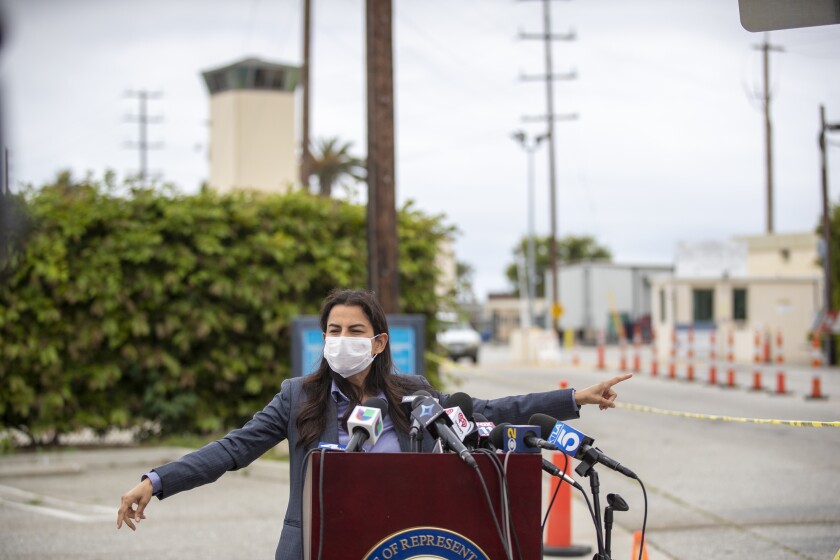Solano County reports 20 new infections over the weekend, but there were surely more. County reports negative 9 cases in Vacaville.
Solano County COVID report on Monday, June 7.
[Source: see far below. See also my ARCHIVE spreadsheet of daily Solano COVID updates.]Solano County COVID-19 Dashboard – SUMMARY:
Solano County reported 20 new COVID cases over the weekend, but the actual total was closer to 40 (explanation below).
Actually more like 40 cases over the weekend…
Today’s total of 20 new cases includes a negative number (-9) for Vacaville, indicating an adjustment of some kind. The 6 other Solano cities had a total of 29 new cases, so that 29 – 9 = today’s supposed total of 20. Stay with me here – it is certain that Vacaville would have had 4 or more new cases per day (based on previous 4 weeks averages). So it is highly likely that the County actually had around 12 new Vacaville cases over the weekend and an actual total of 29 from the 6 other cities + about 12 from Vacaville = about 41 new cases. Got it? The math would then also indicate that the Vacaville adjustment was approximately -21 cases (41 – 21 = 20).
Outbreak at the State Prison in Vacaville
Who were the 21, and why were they counted last Friday and removed today? Based on an email from Dr. Bela Matyas, my hunch is that they were inmates in the State Prison in Vacaville. Responding to my question as to the reason for last week’s atypical surge of 108 new cases from Vacaville, Dr. Matyas wrote on June 4 that “There is an outbreak at the state prison, which accounts for most of those cases.” My BenIndy speculation today is that some of those prisoners were initially counted as Solano cases, but later determined to be more properly documented according to the person’s city of residence.
Oh, and…
Of course, Vacaville MIGHT have had more than an average number of new cases over the weekend. It’s entirely possible, for instance, that there were 10-15 new cases per day. That would mean Solano actually saw 30-45 new cases in Vacaville, for a Countywide total of 59-74 new cases over the weekend, and a subtraction of 39 to 54 Vacaville prisoners. My guess is we’ll never know for sure. The County gives daily cumulative totals without a lot of detail.
Monthly: Solano County saw 1,288 new cases in April, an average of 43 per day. In May, Solano reported 920 new cases, an average of 30 per day. Over the weekend, maybe about 41 new cases, an average of only 14 per day.
Solano County reported no new deaths today. The County total is now 244 deaths since the pandemic began.
SOLANO NOW IN ORANGE TIER – Solano County was finally moved into the orange tier last week, the last Bay Area County to leave the red tier. See details on remaining restrictions and new freedoms in the County’s press release, also in the account of the Vallejo Times-Herald.
JUNE 15 RE-OPENING – Solano County Public Health posted 2 links on its dashboard today detailing new re-opening developments:
Cal/OSHA prepares for the June 15 Beyond the Blueprint announcement. The revised Cal/OSHA standards will go into effect no later than June 15. For more information, visit: https://www.dir.ca.gov/DIRNews/2021/2021-58.html
For more information about Beyond the Blueprint, see the flyer “What will California look like after June 15?”
Solano’s Active cases are now at 65, down dramatically from Friday’s 193. Our percent positivity rate also fell today from 10.6% to 5.5%.
>> The virus is still active here. Stay safe, get vaccinated, wear a mask in crowds and social distance if you’re not sure who’s vaccinated! We will get through this together.
Cases by City on Monday, June 7: Prison outbreak in CA State Prison, Vacaville
- Benicia added 1 new case today, a total of 1,001 cases since the outbreak began.
- Dixon remained steady today, total of 1,921 cases.
- Fairfield added 10 new cases today, total of 9,106 cases.
- Rio Vista added 2 new cases today, total of 391 cases.
- Suisun City added 5 new cases today, total of 2,291 cases.
- Vacaville added an unknown number of new cases today (see above, “Actually more like…”, a new total of 8,797 cases. Note that Vacaville is home to a California State Prison, which experienced an outbreak last week.
- Vallejo added 11 new cases today, total of 9,901 cases.
- Unincorporated areas remained steady today, total of 103 cases.
COMPARE: Screenshots from Solano County COVID Dashboard on Friday, June 4:

The data on this page is from today’s and the previous Solano County COVID-19 Dashboard. The Dashboard is full of much more information and updated weekdays around 4 or 5pm. On the County’s dashboard, you can hover a mouse or click on an item for more information. Note the tabs at top for Summary, Demographics and Vaccines. Click here to go to today’s Solano County Dashboard.
Sources
- Solano County Coronavirus Dashboard (posted on the County website today).
- The State of California’s Open Data Profile at COVID19.CA.GOV
- See also on the BenIndy: Hospitalizations AND ICU Beds by REGION.
- See also my ARCHIVE of daily Solano COVID updates (an excel spreadsheet).



You must be logged in to post a comment.